Plant Feed; Importance, Types & Sources
Wonder why your plant doesn't flourish the same way it does at the nursery? Or is it the gardening-men who do some magic to their appearance!
Sunlight and water are our green buddies' favourite but when it comes to indoors, or you shift the outdoor plants within the home to protect from the winter frost, macro-nutrients are what they miss the most.
In this ultimate House Plants' Care Guide, we'll share with you some types of fertilizers, a list of enriching nutrients to look for, and ways to apply fertilizer to them.
Why do plants need regular feed?
Houseplants need a fulfilling dose of nutrients every 2 to 3 months but the duration may vary with the type of fertilizer you use and in what quantity.
A good, fertile potting soil, adequate water supply, and a good mulch of pebbles is the best you can do for your indoors. The nutrients remain in the soil for a few months and the plant takes up the nutrients with the help of roots. However, many nutrients may be filtered during watering thus creating a deficiency of the same if not replenished timely.
What nutrients do plants need for good health?
You might have observed an NPK ratio (10:10:10 or 18:46:36) on fertilizer packages, this depicts the ratio of the amount of three constituent nutrients in the fertilizer, i.e. Nitrogen, Phosphorus, and Potassium.
These are the "Big 3" nutrients essential for plant life, out of which Nitrogen is the most important one. Some other essential elements required by plants in small quantities are:
- Calcium
- Magnesium
- Sulphur
- Boron
- Zinc
- Molybdenum
- Iron
- Copper
- Manganese
- Chlorine
- Nickel
A balanced fertilizer always contains all the essential nutrients in the appropriate amount however you can also buy fertilizers with specific nutrients only.
Fun fact: Under fertilization won't harm the plant but over-fertilization always do.
Types of fertilizers available for indoors
- Liquid Fertilizer: small quantities of fertilizer liquids are diluted with water to be used to irrigate the plant. The benefit of using liquid fertilizer is that you can precisely control the amount of fertilizer being added depending on the plant's requirement.
- Slow-releasing pellets: Slow-releasing fertilizers are liquid fertilizers coated in a time-releasing shell that supplies nutrients slowly over time and lasts for about 4 to 6 months.
- Granular fertilizer: granular fertilizers are grainy structured pure fertilizers that are mixed into the soil and release nutrition when water is added to the soil. This is a cost-effective measure to feed the plant, however, it's hard to control the amount of nutrients supplied.
Want to prepare the feed at home? Here's what you can do:
Banana peel, coffee grounds, green tea, cooking water, eggshell fertilizer, compost tea, and rice water are not just kitchen wastes anymore, rather they can be reused to add manure to the plant soil, which not only makes your plant happy but keeps your budget in line too.
Not just these, but fish emulsion, seaweed, aquarium water, and wood ash are multiple sources of good nutrition as well.
Each of these adds up different nutrients as per their constitution, which ultimately does a two-way job; decomposition of waste and replenishing of mineral elements.
But there is a never-ending long list of things that add up the fertility of soil which has been used for ages.
Fun fact: Excess nitrogen can disrupt the delicate balance of some nutrients and water uptake in plants, ultimately harming or killing them.
Get your indoors the best gift this winters with our best selling fertilizers. Explore the wide range of fertilizer options available at various sizes.



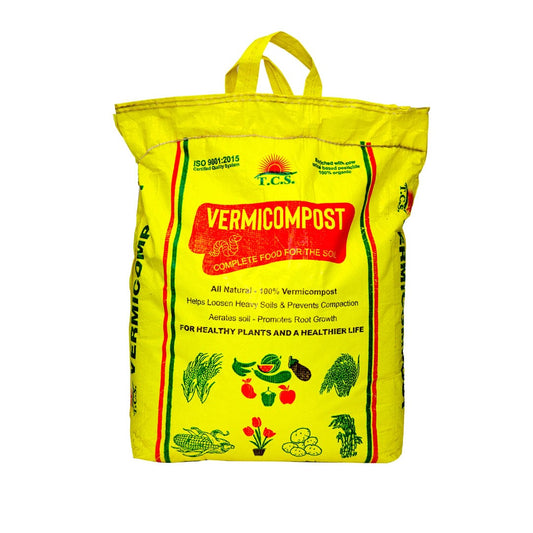

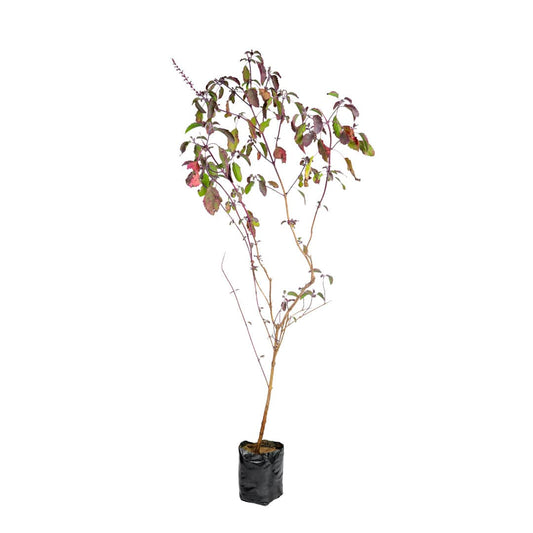

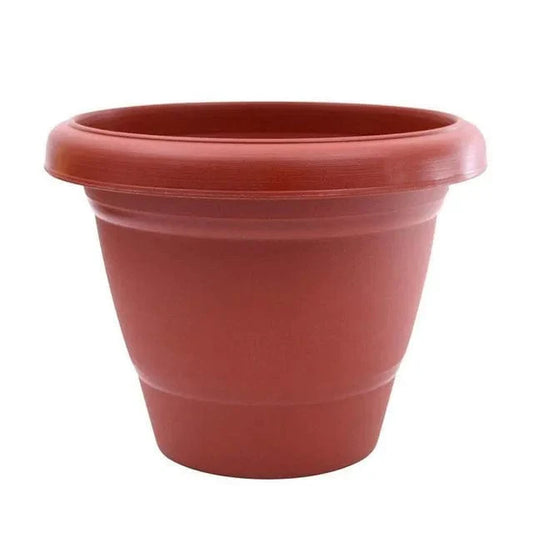



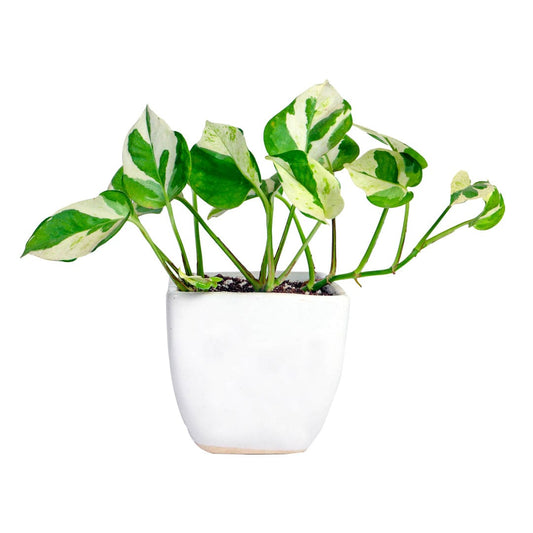


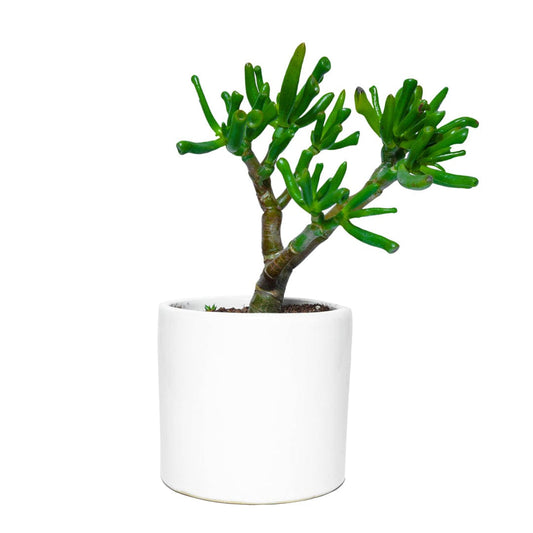

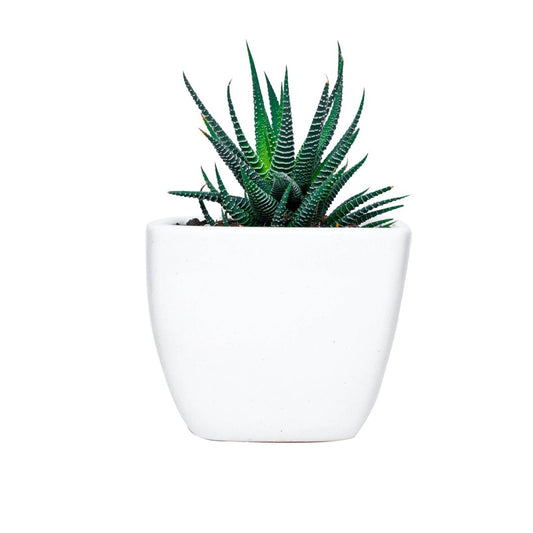

Leave a comment
Please note, comments need to be approved before they are published.